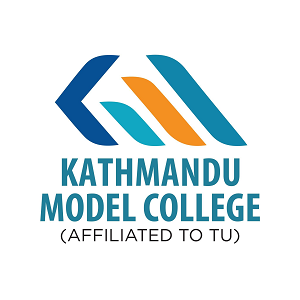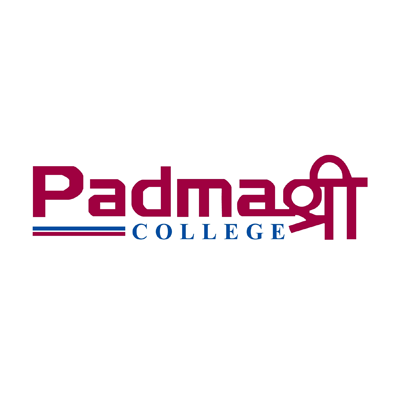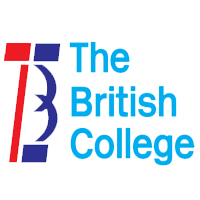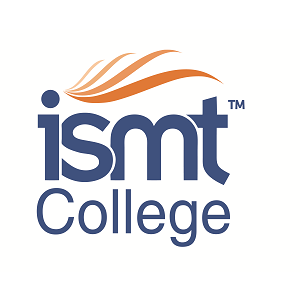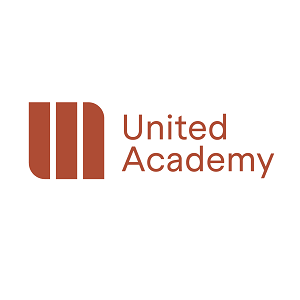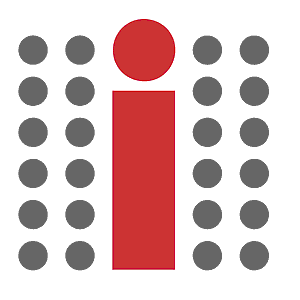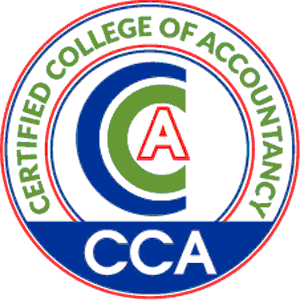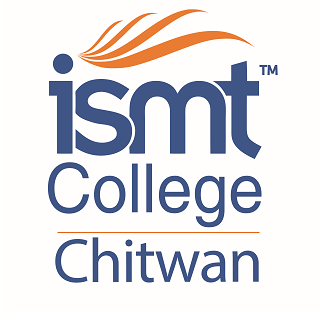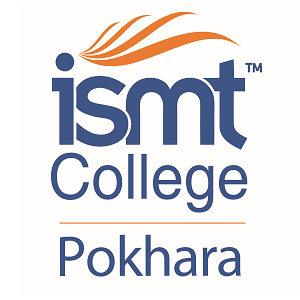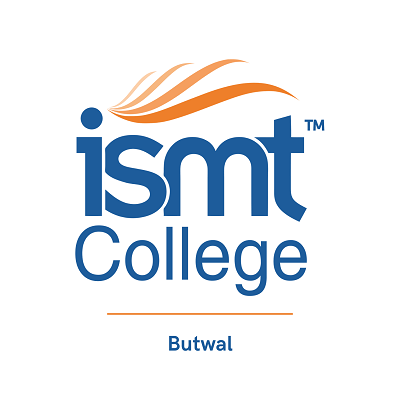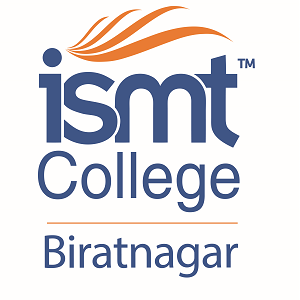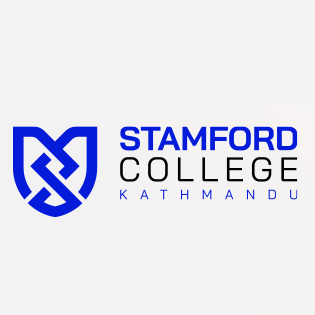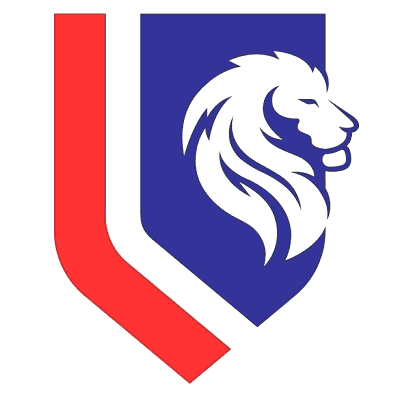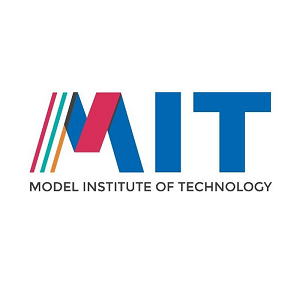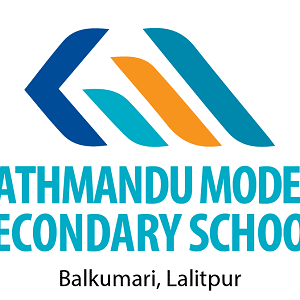Overview
Ten Plus Two (+2) Computer Science at Aagaman Campus, Duhabi-3, Sunsari
If you want early exposure to computing after SEE, the +2 Computer Science at Aagaman Campus Sunsari offers an NEB-based path toward IT and computing degrees.
Overview
The +2 Computer Science stream follows NEB structure with theory and practical work. Students learn computing logic, problem solving, and digital literacy while maintaining strength in core school subjects required by NEB.
Highlights
-
NEB +2 Computer Science with lab practicals
-
Programming logic and algorithmic thinking at school level
-
Spreadsheet, database basics, and presentation tools
-
Counseling for bachelor routes in IT and computing
Curriculum Details
Here’s what you’ll study over two years in broad terms:
-
Computer fundamentals: hardware, OS concepts, and file systems
-
Programming logic: flowcharts, pseudocode, and entry-level coding
-
Database basics: tables, queries, and simple forms
-
Productivity tools: documents, spreadsheets, and presentations
-
Mathematics and languages as per NEB subject set
Short lab exercises help you debug step by step. Project tasks such as a simple inventory sheet or a small database keep learning practical.
Objectives
-
Build a habit of structured problem solving
-
Gain confidence in writing small programs and formulas
-
Develop clean digital documents and simple data tables
-
Prepare for computing-focused bachelor studies after Grade 12
Scope
Graduates consider BSc CSIT, BIT, BCA, BIM, and computing tracks in Nepali universities. Some choose engineering or data-focused programs where mathematics and coding matter.
Learning Outcomes
-
Trace program logic and fix simple bugs
-
Use spreadsheets for budgets, pivots, and charts at school level
-
Build small databases with sensible fields and queries
-
Present findings using clear slides and short demos
Skill Development Modules
-
Weekly coding labs with incremental tasks
-
Spreadsheet challenges for model building and charts
-
Database mini-projects with simple forms and reports
-
Short hack-style sessions that focus on logic under time limits
Teaching Methodology
Teachers conduct lectures, lab work, and unit tests. Lab sheets, practice files, and past papers guide preparation. Terminal exams follow NEB patterns with theory and practical components.
Admission Requirements
Applicants need SEE qualification under NEB rules. The campus announces intake dates, seat numbers, and document lists. Standard documents include mark sheet, character and transfer certificates, photographs, and identity copy.
Career Opportunities
-
Pathway to BSc CSIT, BIT, BCA, BIM, and related degrees
-
Early readiness for junior IT support roles while studying further
-
Foundation for programming, database, and analytics skills
Scholarships and Financial Aid
Scholarships support deserving and under-served students. Request the current policy, categories, and deadlines. Fee details vary by session; ask the office for the latest schedule.
Why Choose This Course?
Students who enjoy logic puzzles, data tables, and hands-on tasks find steady progress here. The stream builds habits that matter in software and IT support—clarity, accuracy, and versioned work.
Conclusion
The +2 Computer Science at Aagaman Campus creates a school-level base for Nepali learners who plan to study computing. Regular lab practice and clean documentation improve readiness for Grade 12 evaluation and degree entrances.


